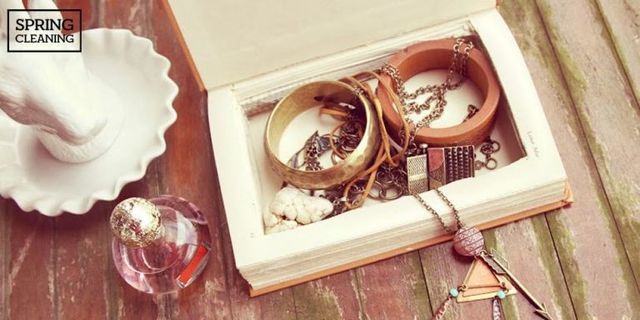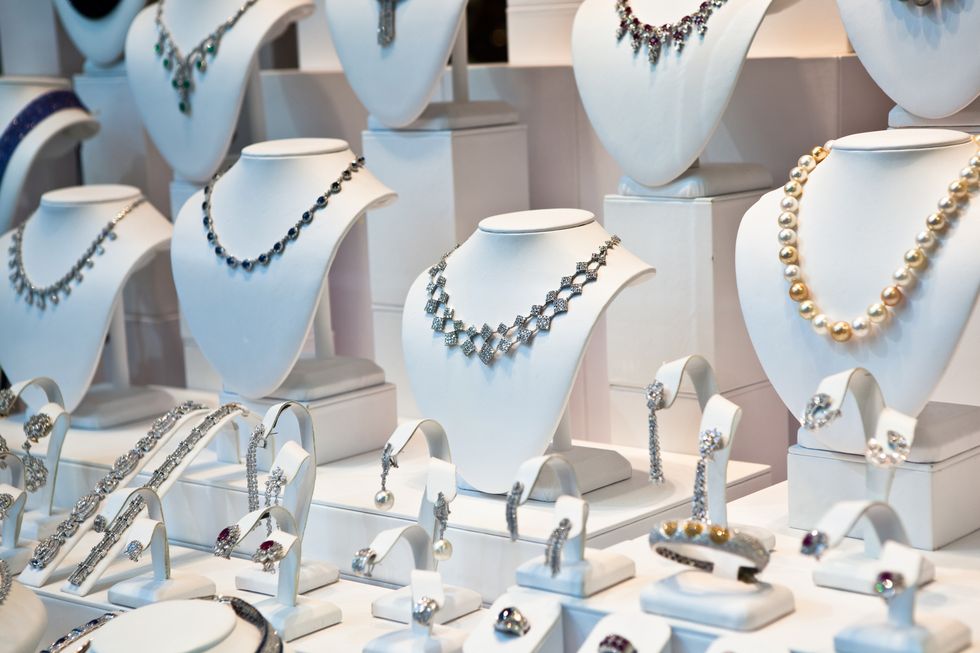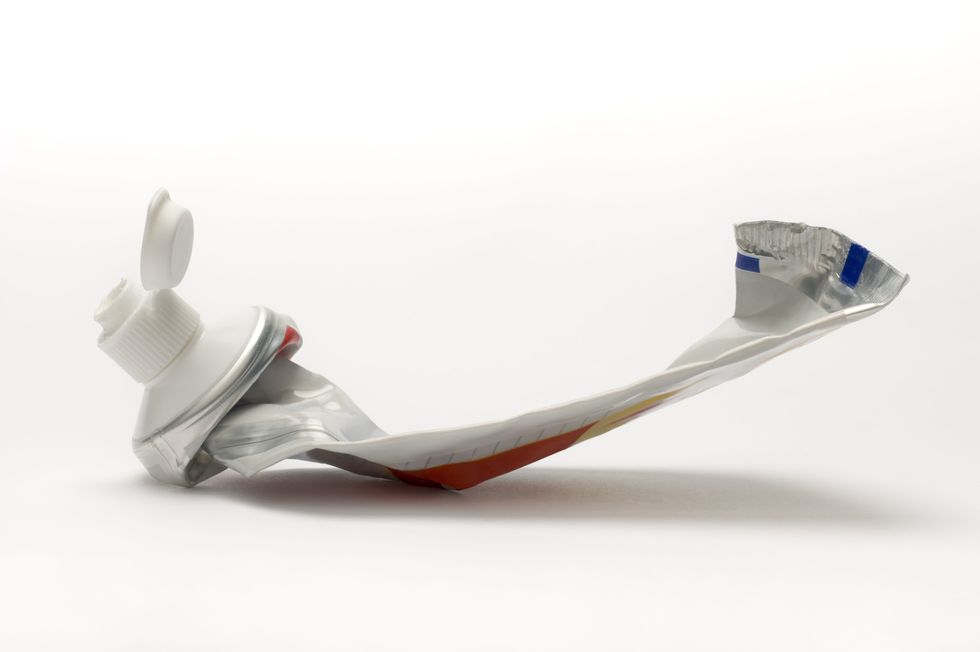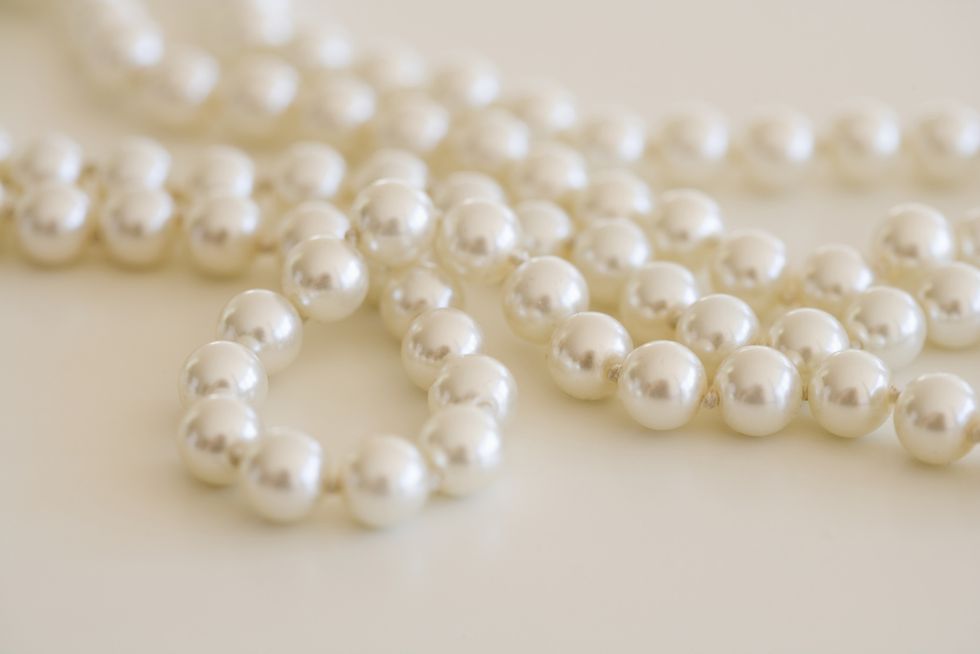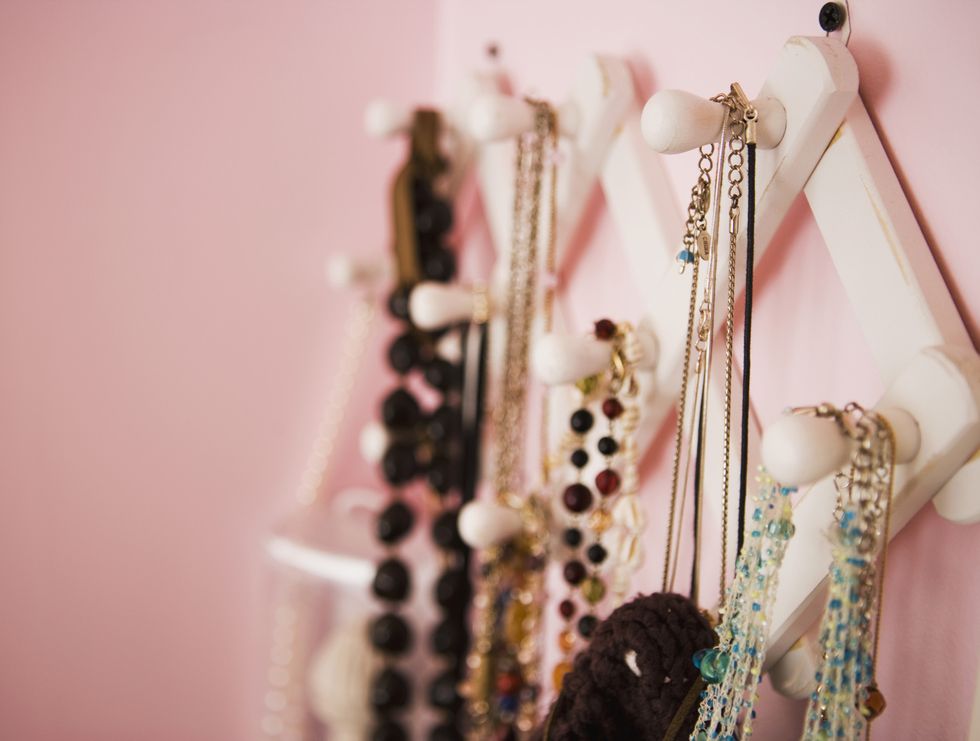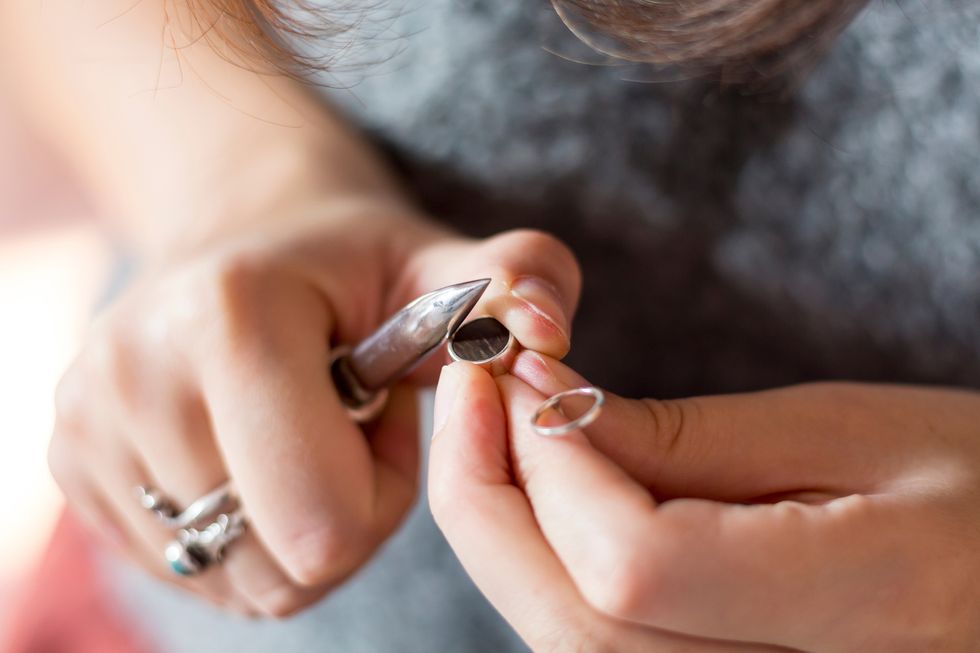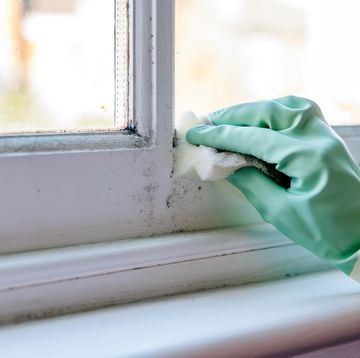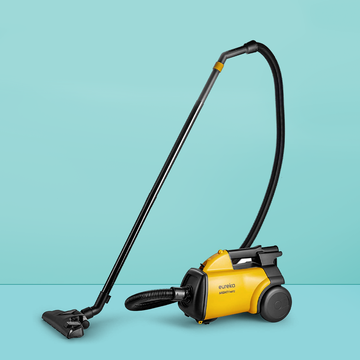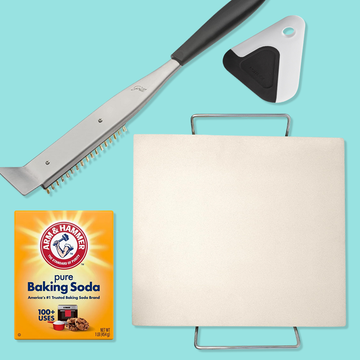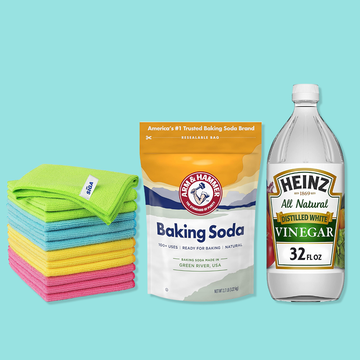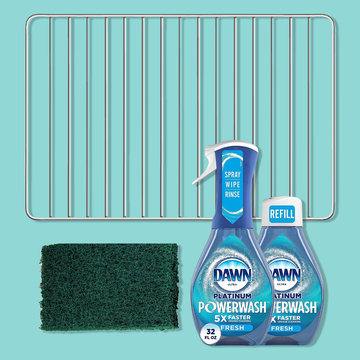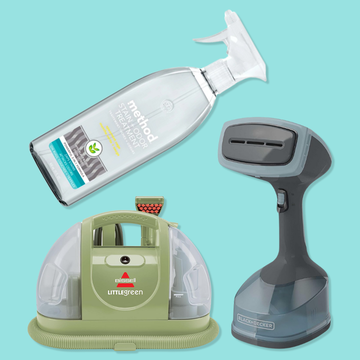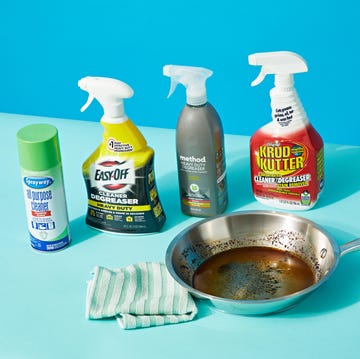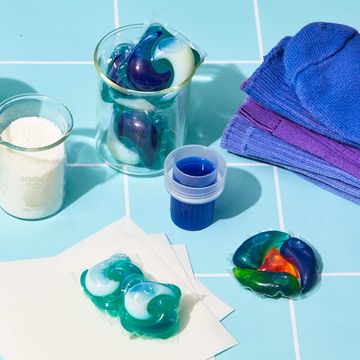Inside your jewelry box might be some of the most meaningful, beautiful (and possibly expensive) things you own — but are you treating your baubles with the utmost care? We asked jewelers which jewelry care mistakes make them cringe, and how to ensure your favorite pieces last a lifetime.
1. You pick up your brand new piece from the jeweler — and never take it back there again.
"When you see a cool vintage car driving around, it's because someone treated it right from the very beginning," says Jennifer Gandia, owner of Greenwich Jewelers in New York City. And just like you would never go years without getting your car serviced, you shouldn't skip taking your jewelry in for a tune-up either — many jewelers will do it for free, and it could really extend the life of your piece.
"During a professional cleaning, we restore the sparkle to stones, so your piece will look as good as the day you got it," says Elizabeth Doyle, gemologist and owner of Doyle & Doyle Jewelers in New York City. "It also gives us the opportunity to check for any damage or wear. For instance, people may not realize if they've loosened a ring's prongs. We'll tighten them to prevent loss of the stone."
Many jewelers recommend bringing jewelry in for a check-up every six months, but once a year is generally acceptable and more typical. And some pieces require an even closer inspection after a few years: "Watches need to be overhauled every five to seven years, " says Bob Moeller, owner of R.F. Moeller Jewelers in Minneapolis. "For instance, gaskets break down, which could impact how waterproof the watch actually is."
2. You don't clean your jewelry yourself, either.
Sorry, you're not off the hook from at-home maintenance even if you do take your jewelry in to get cleaned by a pro. "The number one mistake we see is not cleaning pieces frequently enough," says Doyle. "Rings come in completely caked with lotion, and with dirt under the prongs. This can compromise the settings and can damage certain stones."
"A microfiber cloth is great for getting any film or dirt off gemstones," says Gandia. "There are also many jewelry cleaners you can buy, but we tell people that a mild dish detergent with a little warm water works well, too." Use a soft child's toothbrush to gently clean your pieces.
3. You risk damage with bad DIY cleaning methods.
"Dish soap is really the strongest thing you should use," says Moeller. "Denatured alcohol can be good for cleaning residue off diamonds, but definitely don't use it on softer stones like pearls, opals, or emeralds." Turquoise and coral are other stones that won't stand-up well to a harsh treatment. Lemon juice or other acids can also damage delicate pieces or porous stones.
"Some people will suggest using toothpaste to clean jewelry," says Doyle. "While it can remove tarnish from silver, it's still really too abrasive. It will wear down the metal over time and leave tiny scratches on the metal and stones."
Moeller agrees: "Toothpaste is horrible! It hardens like glue underneath gemstones and is extremely difficult to remove."
4. You shower wearing your jewelry.
Jewelry can likely take a dip in the pool, or even an occasional shower at the gym, but it's not a good idea to make it a habit. "The effects of hard water and soap scum are hard to remove," says Gandia. "Showers aren't good for costume jewelry either — steam can loosen the glue that holds pieces together, or you can cause rusting."
"A plain metal wedding band is probably fine to wear in the shower, but it's always better to take jewelry off, if you can," says Doyle. "Shampoo and conditioner can get stuck behind mountings, and might also contain chemicals that can damage the metal over time."
5. You don't put your pearls on last.
Softer stones like pearls are the exception to jewelry's general durability rules. "They're a delicate gemstone," says Gandia. "They always go on last — after you've done all your primping, your hairspray, and your makeup. Pearls have a luster that can be damaged easily by many chemicals." Gandia also notes that you shouldn't store pearls in something airtight like a plastic zip-top bag – they need to be able to breathe.
Strands of pearls require even more maintenance than other pieces. "The string stretches over time, and if you're able to move a pearl on the strand at all, it's probably time for the set to be restrung," says Moeller. "Otherwise, moisture can get in-between the stones and can cause them to break down. Pearls are really more of an occasional wear, overall."
6. You don't educate yourself before making a purchase.
Pearls aren't the only piece that requires a delicate touch — stones like peridot, opal, and turquoise are also on the softer side of the scale. "As you're buying a piece, look it up," says Gandia. "And maybe you'll realize that you shouldn't wear it on, say, a vacation to Aruba."
7. You don't clasp your necklaces before you store them.
"People always have trouble with tangled necklaces, and there's a really easy way to avoid that," says Gandia. "The number one thing is to close the necklace, and then hang it on a necklace tree or a pushpin."
And if you do get a nasty tangle? Gandia says to lay the strand down on a table, and use two pins to gently tease the knot out. Don't try to do it while holding the necklace in the air — gravity will just keep pulling the knot back into place.
8. You wear rings that aren't sized properly.
"If you do this, the ring is more likely to become misshapen and eventually break," says Doyle. "But one mistake that drives me crazy is when people use metal ring sizers instead of just getting the ring sized. They're pieces of metal designed to wrap around a ring to make it smaller, but they'll end up leaving deep scratches in the ring where they rub. I would much rather see someone wrap a bit of athletic tape or even a Band-Aid around their ring as a temporary fix."
9. You don't get your pricey jewelry appraised or insured.
As Moeller puts it, a jewelry insurance policy is an "expensive piece of paper if you never use it, but the least expensive piece of paper if you do use it."
"Your current [homeowner's or renter's] insurance policy should have a jewelry provision, and you might find out that it has an extremely high deductible or that the cap is very low," he says. You'll likely need an additional policy to cover pricier pieces, and Moeller says they're comprehensive and inexpensive — a yearly fee of only about $1 to $1.50 per every hundred dollars your jewelry is worth.
And how do you know how much a piece is worth? "Start by getting it appraised by a certified gemologist or at least a graduated gemologist," says Moeller.
10. You assume you can't take your jewelry to a jeweler if you didn't buy it there.
"People think 'oh, if I didn't buy it there, they're not going to want to fix it!'" says Gandia. "That couldn't be further from the truth — especially since so many people buy things online these days."
Plus, most jewelry maintenance (like fixing loosened clasps or replacing a broken chain) is more inexpensive than people realize — but could really help a piece last longer.
"Jewelry can hold a lot of sentiment and memories for people, and if you give it the care it deserves, you'll keep it for longer," says Gandia. "Nothing make me sadder than unworn jewelry!"
